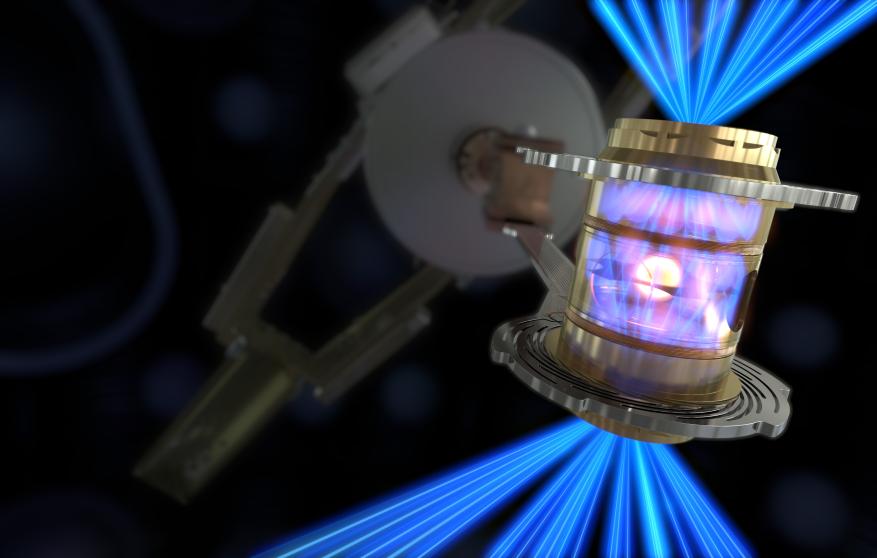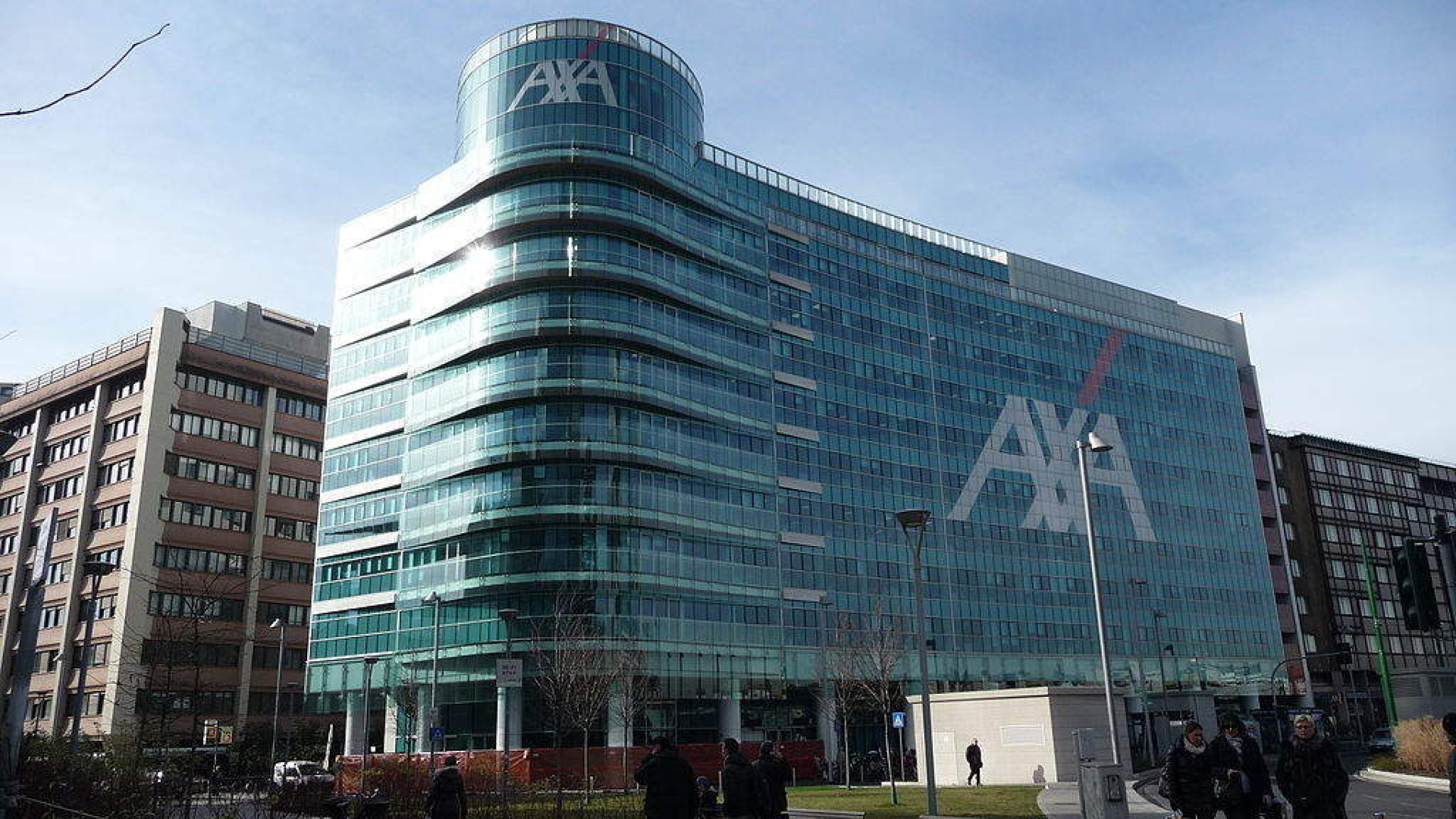On December 5, researchers at the National Ignition Facility, a sprawling national laboratory in the Bay Area, aimed 192 lasers at a tiny pepper-sized pellet and achieved a milestone in nuclear fusion research: For the first time, they could generate more energy than the laser energy used.
This is one step towards creating potentially clean and unlimited energy, even if the technology used in a power plant is still a long way off.
“If you’re asking what the path is from this experiment to an economically clean energy machine, it could take decades,” says Eric Gimon, a particle physicist and senior scientist at Energy Innovation, an energy policy firm.
The experiment revealed an important first step. The lasers generated heat and pressure to fuse atoms together, creating a massive burst of energy. But even when it managed to “turn on,” producing more energy than the lasers beamed into the laboratory, it was still a fraction of the total power needed to operate the system.
Lasers consumed about 100 times more energy. For the system to work in practice, it must be significantly improved. The process should also be able to run repeatedly; currently, the machine only works once a day. The material used, tritium, is also rare and expensive.
Research continues, and others are working on different fusion approaches that may eventually be successful. However, to meet climate goals, the world must transition to a completely clean grid before nuclear fusion is commercially available.
The technology needed to do this, including wind, solar, batteries, and improving the grid itself, is now almost ready. “I think we have everything you need for 80 to 90 percent purity,” Gimon says. “And we’re still pretty far from that, so we should be deploying like crazy.”
Other technology being developed, including new forms of geothermal energy, could help fill the remaining gap. And that work must happen now, not decades from now, if we are to avoid the worst effects of climate change.
That doesn’t mean we should no longer invest in fusion research. (U.S. government funding is also partly aimed at helping scientists understand how to keep our nuclear arsenal safe, not just clean energy.) “In the energy system, it’s very valuable to have diversified resources—to diversify where the energy comes from,” says Gimon. “Similarly, a multi-crop garden is much more sustainable than a mono-crop garden. “Anything we can add to the capabilities of clean energy is a positive.”

The startup was made possible by the dedication of LLNL employees and countless collaborators at DOE’s Los Alamos National Laboratory, Sandia National Laboratories, and the Nevada National Security Agency. common atoms; academic institutions, including the University of Rochester Laser Energy Laboratory, Massachusetts Institute of Technology, University of California, Berkeley, and Princeton University; international partners, including the UK Atomic Weapons Authority and the French Alternative Energy and Atomic Energy Commission; and DOE, NNSA, and Congressional stakeholders




